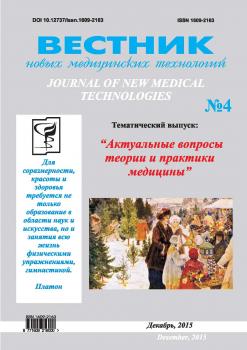This paper discusses the memory structure in its basic characteristics: bandwidth, switching and "dispatching" of information flows in the system memory organization. Bandwidth is associated with the filtering of information flows; in the radiophysics analogy – as "signal -noise". Selection of information should be made according to its energy content. For completeness and detail of the developed model of memory, the authors introduced the concept of switches and memory controllers, as the molecular, cellular and other compounds that distribute (send) useful information in the appropriate sections of the library of memory. All elements memory can evolve as structuring, filling and restructuring of library memory. Within the developed by the authors of ion-molecular memory model the real work to the greatest extent uses radio physical analogy as a universal approach in all scientific fields, where the paramount consideration are the objects of information processing. It has become a scientific axiom; the main thing is that a certain (radio)physical formalism in specific model was found as the adequacy of the studied processes. The authors have paid special attention to these issues, including in a strict sequence and hierarchy of the presented material. It was especially emphasized that the evolution of all and classifying bandwidth of the memory elements subject to overall systemic laws structuring and optimization (radio)physical interpretation.
memory structure, bandwidth, switch of information, controller of information, information filter, matrix of memory, conformation, library memory
1. Gerasimov I.G., Yashin A.A. Ionno-molekulyarnaya model´ pamyati. Osnovnye opredeleniya, vidy pamyati (Kratkiy obzor). Vestnik novykh meditsinskikh tekhnolo-giy. 2013. T. 20. № 4. C. 165-170.
2. Gerasimov I.G., Yashin A.A. Ionno-molekulyarnaya model´ pamyati. Material´nye nositeli dostavki i khraneniya informatsii. Vestnik novykh meditsinskikh tekhnologiy. 2013. T. 20. № 4. C. 171-176.
3. Ivanov-Muromskiy K.A. Mozg i pamyat´. K.: Nauk. dumka, 1987. 136 s.
4. Kothari R., Lotlikar R., Cahay M. State-dependent weights for neural associative memories. Neural. Comput. 1998. V. 10. № 1. P. 59-71.
5. Lee D.L., Wang W.J. A correlation significance learning scheme for auto-associative memories. Int. J. Neural. Syst. 1995. V. 6. № 4. P. 455-562.
6. Lee D.L., Wang W.J. Equilibrium and attractivity analysis for a class of hetero-associative neural memories. Int. J. Neural. Syst. 1996. V. 7. № 3.- P. 287-304.
7. Shinomoto S. A cognitive and associative memory. Biol. Cybern. 1987. V. 57. № 3. P. 197-206.
8. Schonemann P.H. Some algebraic relations between involutions, convolutions, and correlations, with applications to holographic memories. Biol. Cybern. 1987. V. 56. № 5-6. P. 367-374.
9. Gardiner K., Davisson M.T., Crnic L.S. Building pro-tein interaction maps for Down´s syndrome. Brief Funct Genomic Proteomic. 2004. V. 3. № 2. P. 142-156.





